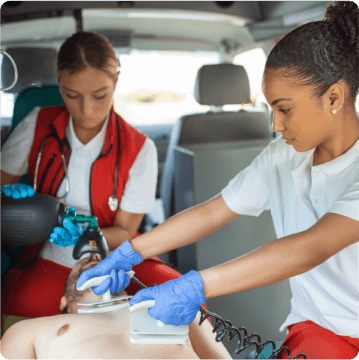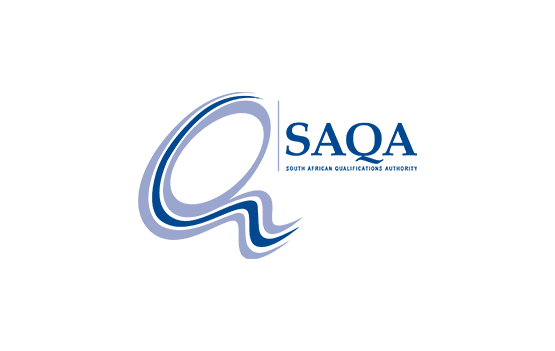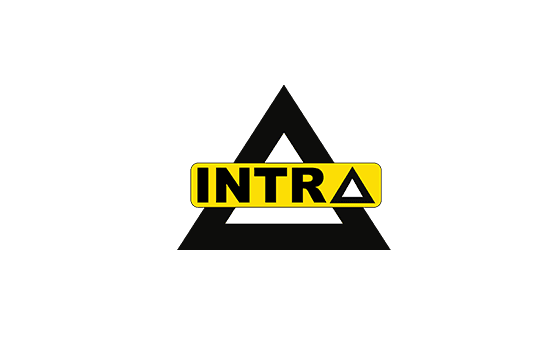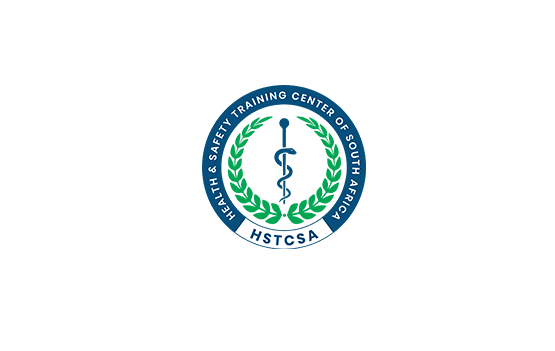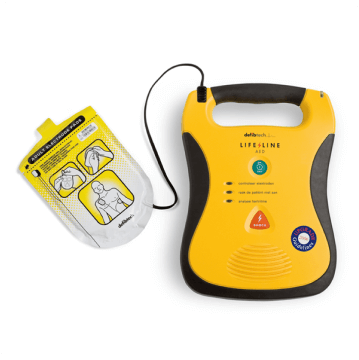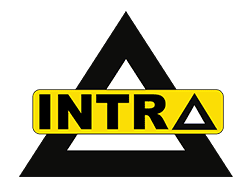GETTING STARTED
Fundamentals: Basic Life Support
Our BLS training course is taught in a classroom setting and covers a range of topics, including the proper use of automated external defibrillators (AEDs), cardiopulmonary resuscitation (CPR) techniques, and other critical life-saving skills.
The course is designed to provide individuals with the knowledge and skills they need to respond quickly and effectively to medical emergencies, and to help them feel confident in their ability to provide life-saving care.

